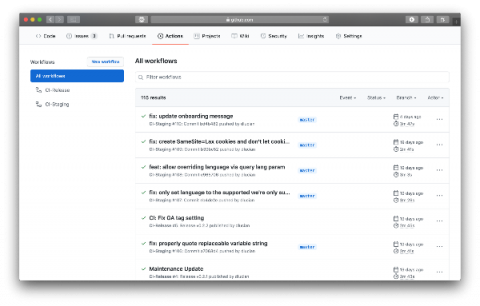End User Team Saves Big With Work Anywhere Strategy
For us, IT is a place where people genuinely try to “walk the walk.” Many in this industry are perceptive and curious individuals, constantly on the pursuit for better insights and more efficiency. You cannot survive long in an IT department if you hide behind unmet promises or have an aversion for detail. Facts outweigh opinions, and theories are to be questioned and proven true.










